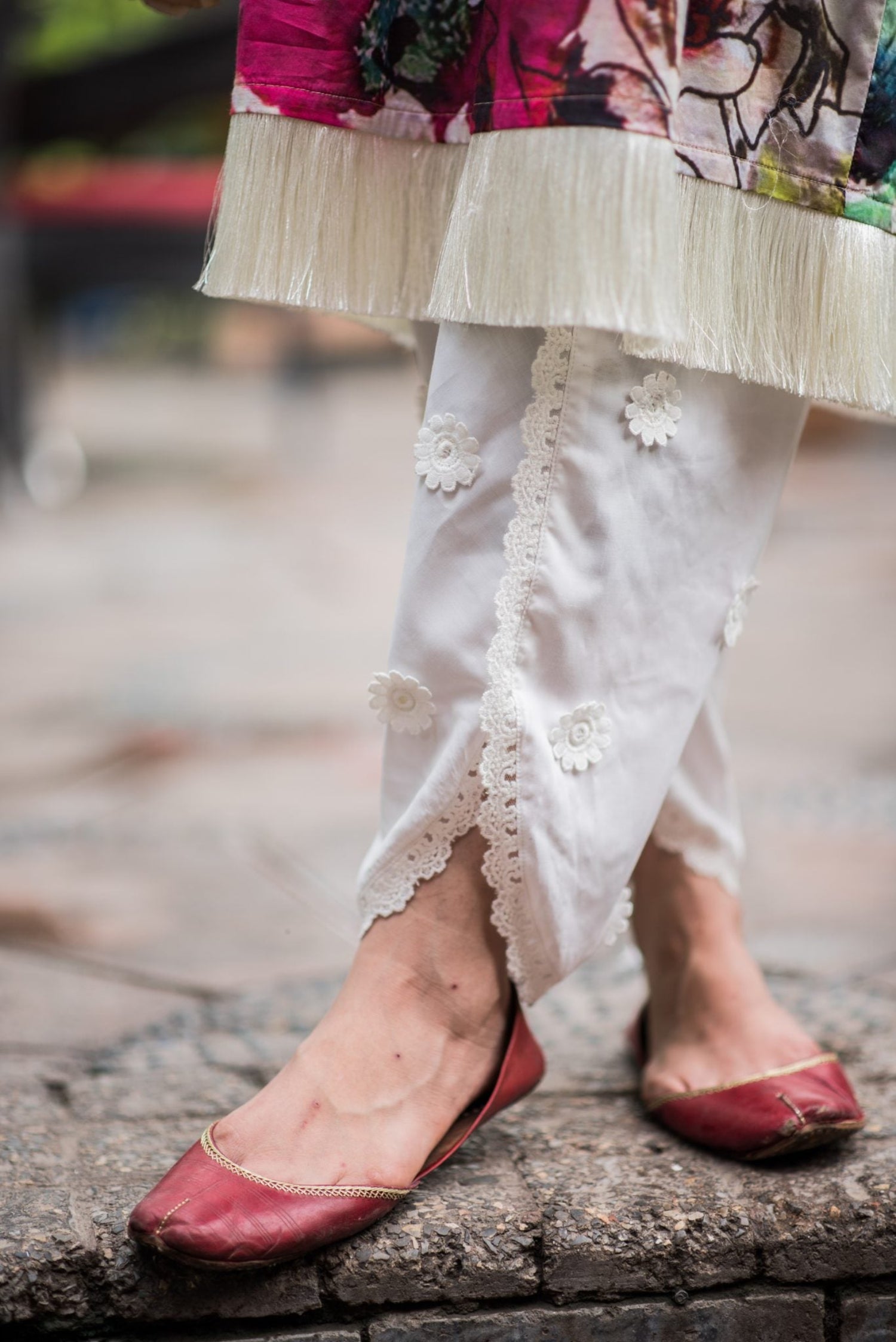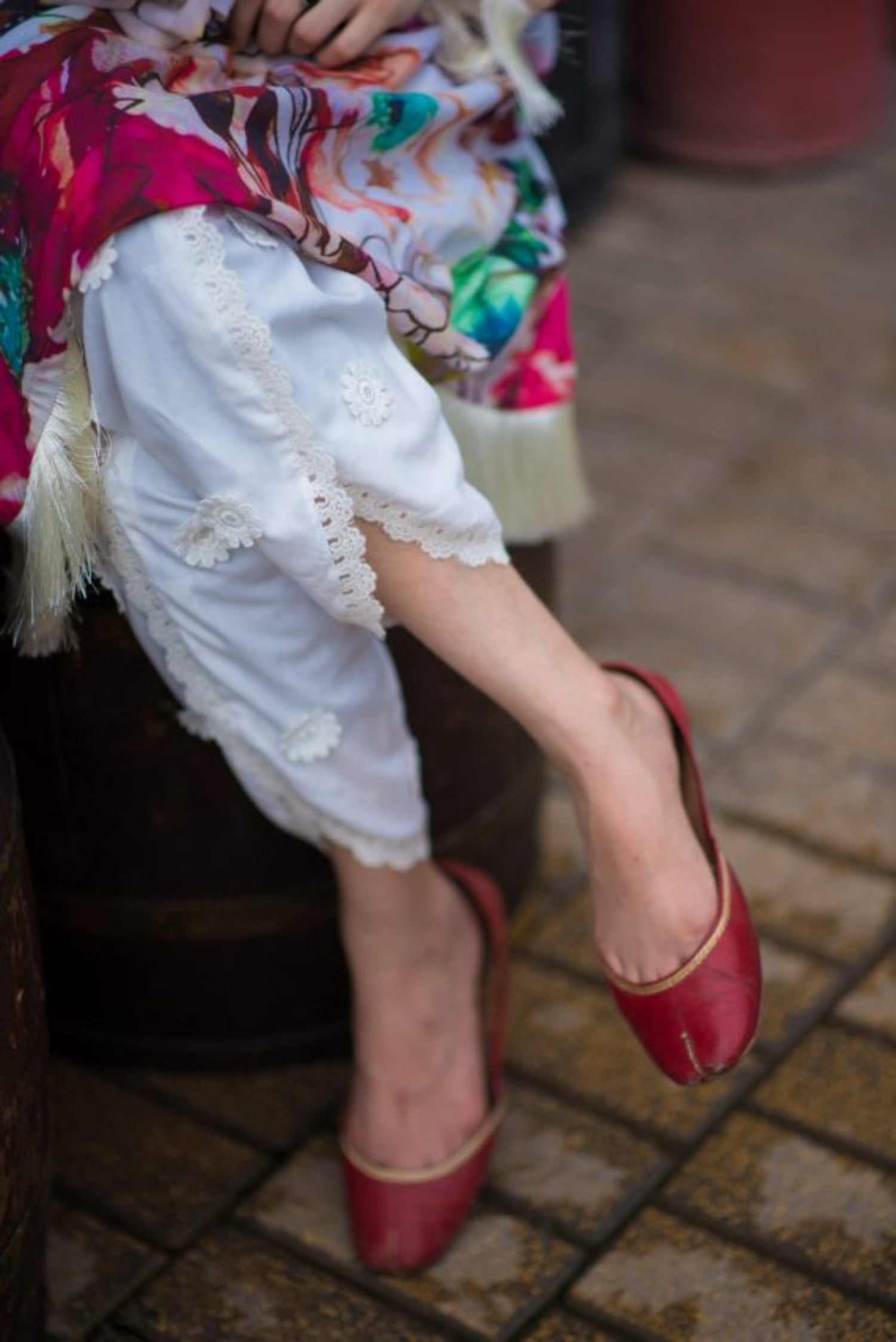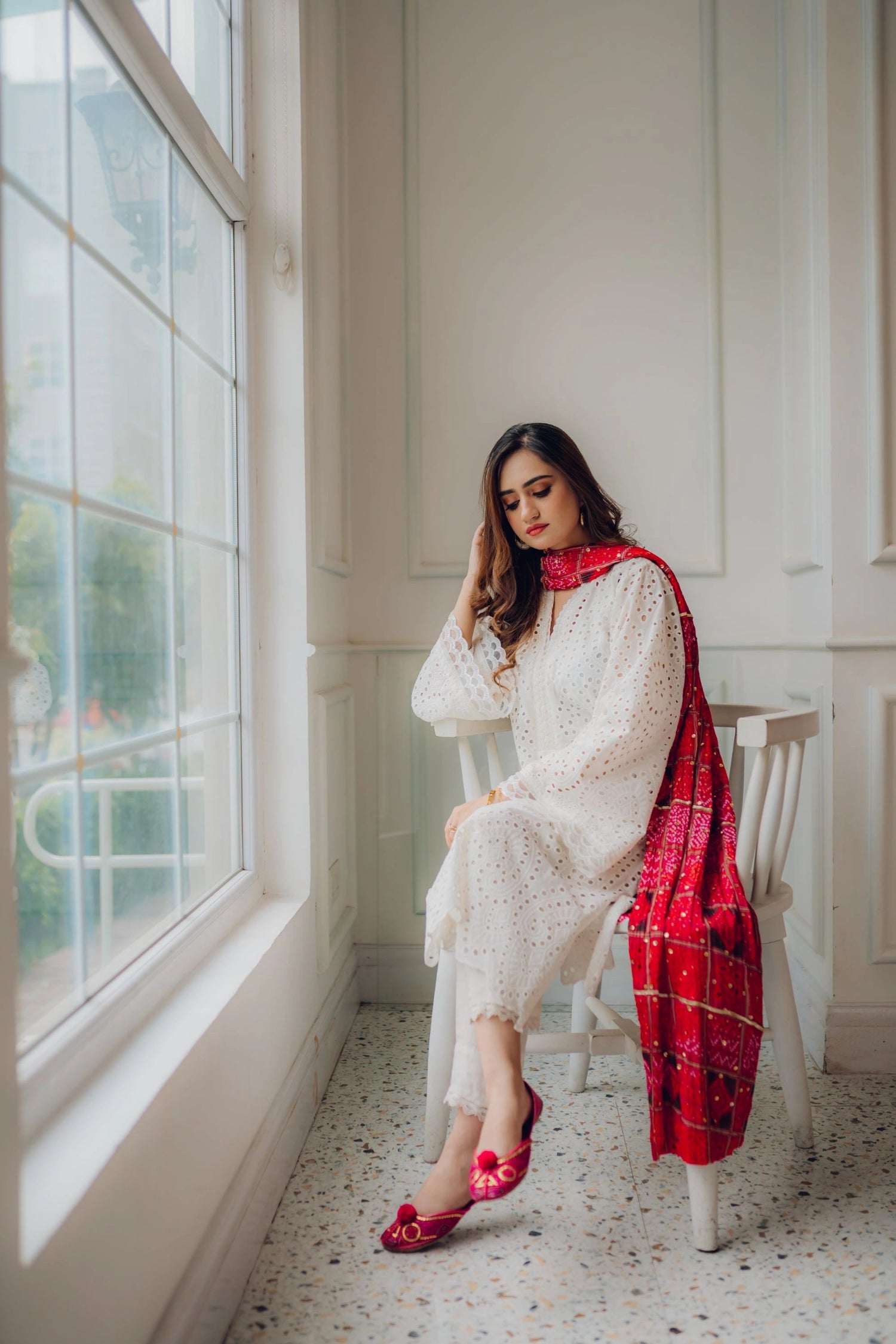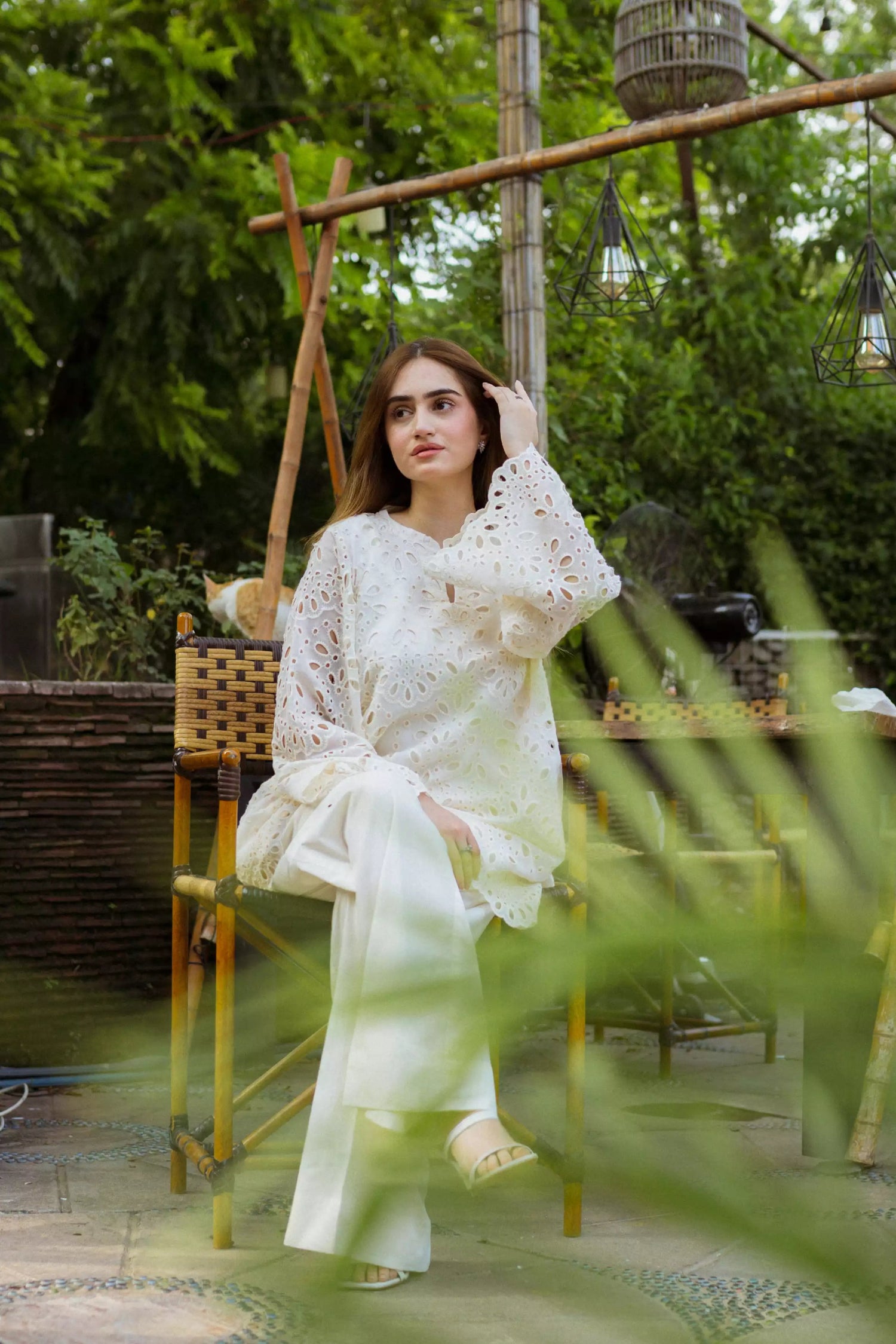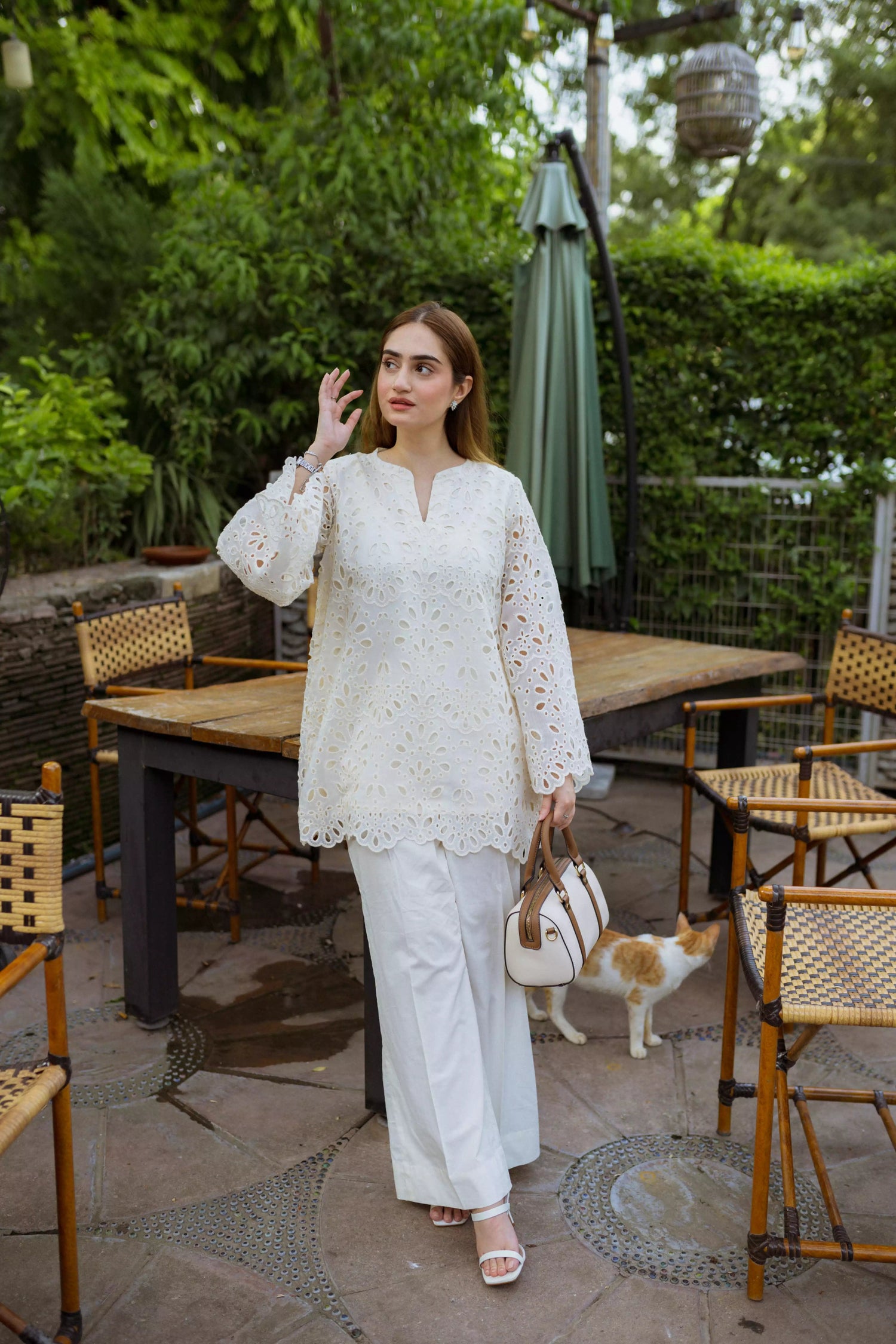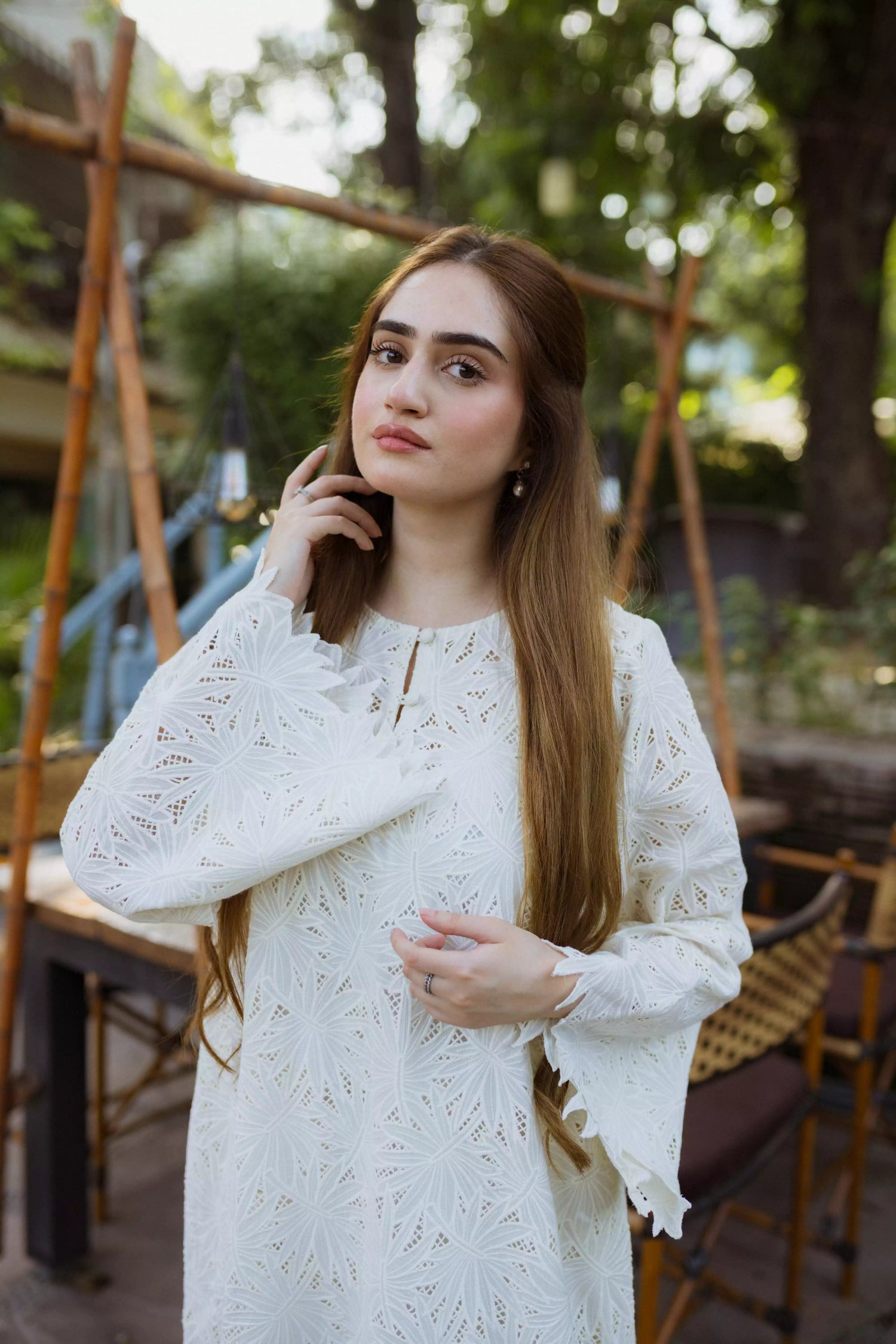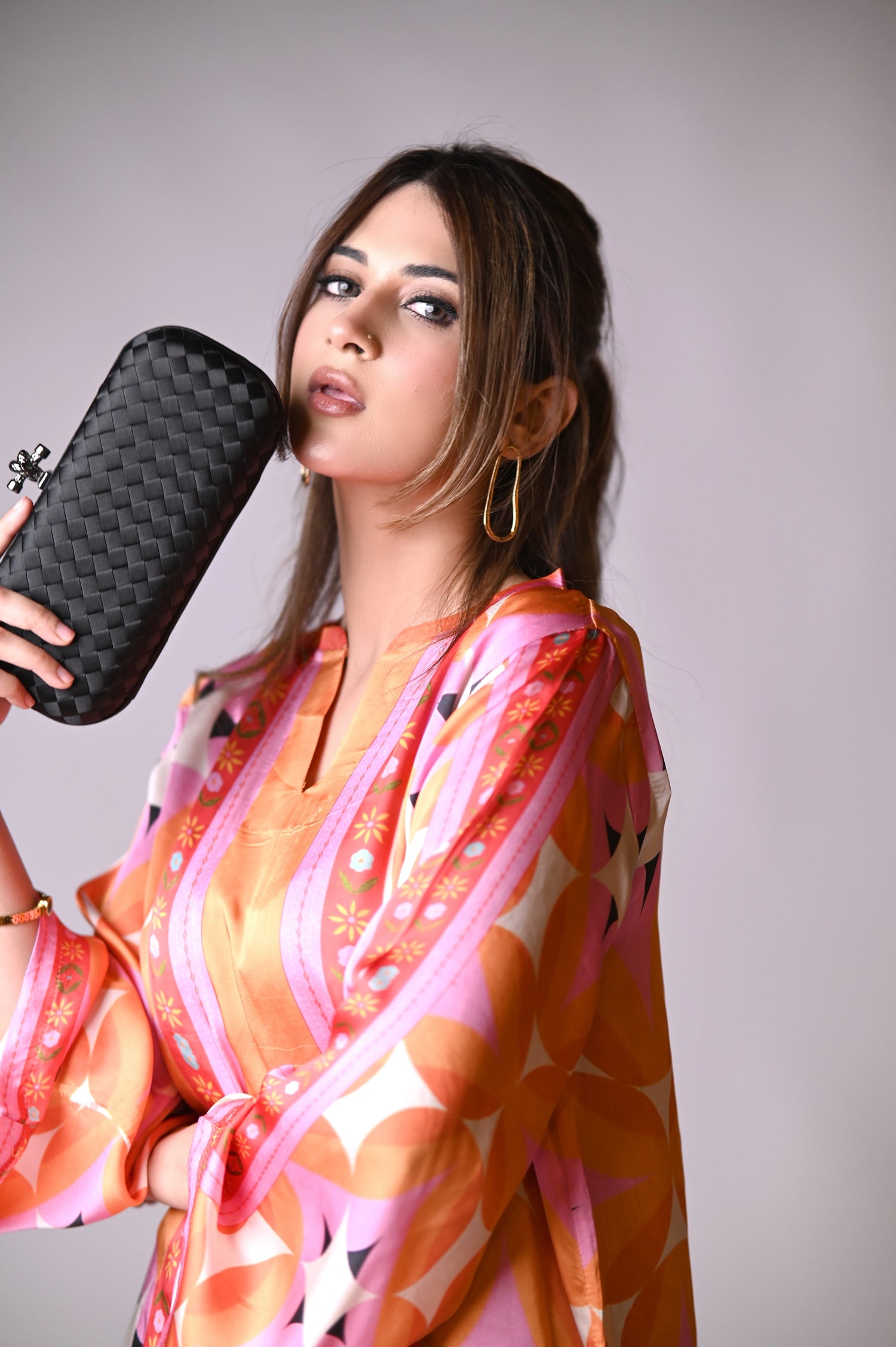Why is saree care important?
Sarees are not just a piece of clothing; they are a symbol of cultural heritage and tradition. They come in a wide variety of fabrics, from delicate silk to vibrant cotton, each with its own unique characteristics and care requirements. Proper care and maintenance are essential to ensure that your sarees retain their beauty, color, and elegance for years to come.
Neglecting saree care can lead to a host of problems, such as fading, staining, and premature wear and tear. Over time, the intricate designs and delicate embellishments can become dull and lifeless, and the fabric may lose its luster and softness. This not only diminishes the aesthetic appeal of your sarees but also reduces their overall lifespan, forcing you to replace them more frequently.

Understanding the different types of sarees
Sarees come in a wide range of fabrics, each with its own unique care requirements. Understanding the characteristics of different saree types is essential for developing an effective care and maintenance routine.
Silk sarees are known for their luxurious sheen, soft texture, and intricate designs. They are often considered the most delicate and high-maintenance type of saree, requiring gentle handling and specialized cleaning methods. Silk sarees are susceptible to staining, fading, and damage from excessive exposure to sunlight or harsh chemicals.
Cotton sarees, on the other hand, are more durable and easier to care for. They are often machine-washable and can withstand more rigorous cleaning methods. However, they may still be prone to wrinkles, fading, and staining if not properly cared for.
Chiffon sarees are lightweight and airy, making them a popular choice for warm weather. They are delicate and can be easily damaged by harsh cleaning agents or excessive agitation. Proper handling and storage are crucial to maintain the softness and drape of chiffon sarees.
Georgette sarees are known for their sheer, flowing texture and vibrant colors. They require gentle care to prevent fading, staining, and damage to the delicate fabric. Proper washing and drying techniques are essential to keep Georgette sarees looking their best.
Understanding the unique characteristics of different saree fabrics will help you develop a tailored care and maintenance routine that ensures your sarees remain in top condition for years to come.
General tips for saree care
Regardless of the fabric, there are some general guidelines that can help you maintain the beauty and longevity of your sarees. These include:

- Avoid excessive exposure to sunlight: Sunlight can cause the colors in your sarees to fade and the fabric to become brittle over time. When not in use, store your sarees in a cool, dark place or use garment bags to protect them from direct sunlight.
- Handle with care: Sarees, especially delicate ones, should be handled with gentle care to prevent stretching, tearing, or damaging the fabric. Avoid tugging, pulling, or folding the saree too tightly, as this can lead to permanent creases and damage.
- Avoid harsh cleaning agents: Steer clear of harsh detergents, bleach, and other strong chemicals when cleaning your sarees. These can strip the fabric of its natural oils and cause discoloration, fading, and damage. Instead, opt for mild, pH-neutral detergents or specialized saree-cleaning solutions.
- Separate by color: When storing or washing your sarees, be sure to separate them by color to prevent dye transfer and ensure that the colors remain vibrant and true. Avoid washing dark-colored sarees with lighter ones, as the dye may bleed and stain the other fabrics.
- Seek professional help when necessary: For delicate or heavily embellished sarees, it may be best to seek the assistance of a professional dry cleaner or saree-care specialist. They have the expertise and equipment to handle these garments with the utmost care and ensure they are cleaned and maintained properly.
By following these general guidelines, you can lay the foundation for a comprehensive saree care and maintenance routine that will keep your sarees looking their best for years to come.
Washing and drying sarees
Proper washing and drying techniques are crucial for maintaining the condition of your sarees. The specific methods you use will depend on the fabric and construction of the garment, but there are some general guidelines to keep in mind.

For silk sarees, hand-washing is the preferred method. Fill a clean sink or basin with cool or lukewarm water and add a mild, pH-neutral detergent or specialized silk-washing solution. Gently swish the saree in the water, taking care not to twist or wring it. Rinse thoroughly with clean water to remove all traces of the detergent. Avoid exposing silk sarees to heat, as this can cause the fabric to become stiff and brittle.
Cotton, Georgette, and other machine-washable sarees can be cleaned using a gentle cycle with a mild detergent. Be sure to use a delicate or hand-wash setting, and avoid using hot water, which can cause the fabric to shrink or fade. If possible, turn the saree inside out before washing to protect the surface of the fabric. After washing, lay the saree flat or hang it to air-dry, avoiding the use of a clothes dryer, which can damage the fabric.
For sarees with intricate embroidery or embellishments, it's best to hand-wash them to prevent damage. Gently blot the saree with a clean, soft cloth to absorb excess water, and then lay it flat or hang it to air-dry. Avoid wringing or twisting the saree, as this can distort the shape and loosen the embellishments.
Regardless of the fabric, it's essential to avoid exposing your sarees to direct heat during the drying process. This includes using a clothes dryer, ironing the saree while it's still damp, or hanging it in direct sunlight. Instead, opt for air-drying methods, such as laying the saree flat or hanging it in a well-ventilated area. This will help preserve the fabric's integrity and prevent shrinkage, fading, or other damage.
Storing sarees properly
Proper storage is crucial for maintaining the condition of your sarees. Improper storage can lead to wrinkles, fading, and even damage to the fabric and embellishments. Here are some tips for storing your sarees effectively:
- Clean and dry thoroughly: Before storing your sarees, make sure they are clean and completely dry. Any moisture or residual stains can lead to mildew, discoloration, and other issues during storage.
- Use acid-free tissue paper: Wrap each saree individually in acid-free tissue paper to prevent creases and protect the fabric from direct contact with other surfaces. Avoid using regular paper, as it can contain acids that can damage the saree over time.
- Store in a cool, dry place: Choose a storage location that is cool, dry, and away from direct sunlight. Excessive heat, humidity, and UV exposure can cause the colors in your sarees to fade and the fabric to deteriorate.
- Avoid folding: Instead of folding your sarees, try to store them by rolling or draping them over acid-free hangers or shelves. Folding can create permanent creases and crease lines that can be difficult to remove.
- Use breathable garment bags: If you have the space, store your sarees in breathable garment bags or boxes to protect them from dust, pests, and other environmental factors. Avoid using plastic bags, as they can trap moisture and cause the fabric to become stale and discolored.
- Rotate your saree wardrobe: Make a habit of regularly rotating the sarees you wear and store. This will help prevent excessive wear and tear on any one garment and ensure that all your sarees get equal attention and care.
- Inspect and maintain: Periodically inspect your stored sarees for any signs of damage, mildew, or pests. If you find any issues, address them promptly to prevent further deterioration.
By following these storage guidelines, you can ensure that your sarees remain in pristine condition, ready to be worn and enjoyed for years to come.

Removing stains from sarees
Stains can be a common problem when it comes to sarees, especially those made of delicate fabrics like silk or chiffon. Proper stain removal techniques are essential to prevent permanent damage and discoloration. Here are some tips for effectively removing stains from your sarees:
- Act quickly: The sooner you address a stain, the easier it will be to remove. Blot the affected area with a clean, absorbent cloth to soak up as much of the stain as possible before attempting to clean it.
- Identify the stain type: Different types of stains require different cleaning methods. For example, oil-based stains may require a different approach than water-based stains. Knowing the nature of the stain will help you choose the most effective cleaning solution.
- Use gentle, saree-safe cleaning agents: Avoid using harsh chemicals, bleach, or abrasive cleaners, as these can damage the delicate fabric of your sarees. Instead, opt for mild, pH-neutral detergents or specialized saree-cleaning solutions.
- Test in an inconspicuous area: Before applying any cleaning solution to the entire stained area, test it on a small, hidden part of the saree to ensure it doesn't cause discoloration or damage.
- Blot, don't rub: When cleaning a stain, gently blot the affected area with a clean cloth or sponge. Avoid rubbing, as this can push the stain deeper into the fabric and cause it to spread.
- Rinse thoroughly: Make sure to rinse the saree thoroughly with clean water to remove all traces of the cleaning solution. Residual detergent or chemicals can lead to further staining or damage.
- Air-dry: After cleaning, lay the saree flat or hang it to air-dry, avoiding the use of a clothes dryer or direct heat, which can set the stain or cause the fabric to shrink.
Ironing and pressing sarees
Proper ironing and pressing techniques are essential for maintaining the crisp, elegant appearance of your sarees. However, it's important to approach this task with caution, as improper handling can lead to damage, such as scorching, shiny patches, or even holes in the fabric.
Before ironing or pressing your sarees, be sure to check the care label for any specific instructions. Some fabrics, like silk or chiffon, may require a lower temperature or a different ironing technique to avoid damage.
When ironing sarees, always use a low to medium heat setting and avoid pressing too hard or for too long in one spot. Start by ironing the blouse piece, then move on to the pleated portion of the saree, and finally, the drape. Be sure to iron the saree inside-out to protect the surface of the fabric.
For sarees with intricate embroidery or embellishments, it's best to avoid ironing the decorated areas directly. Instead, place a clean, soft cloth between the iron and the saree, or use a pressing cloth to create a barrier. This will help prevent the heat from damaging the delicate embellishments.
If your saree has a lot of pleats or folds, you may need to use a pressing technique instead of ironing. Lay the saree on a flat surface, cover it with a pressing cloth, and use a steam iron to gently press the pleats and folds into place. Avoid excessive pressure, as this can cause permanent creases or damage the fabric.
After ironing or pressing, be sure to hang or store your sarees properly to maintain their shape and prevent the formation of new wrinkles. Avoid folding the saree, as this can create crease lines that may be difficult to remove.
By following these ironing and pressing guidelines, you can keep your sarees looking crisp, neat, and ready to wear for any occasion.
Conclusion
Sarees are not just a piece of clothing; they are a reflection of rich cultural heritage and tradition. Proper care and maintenance are essential to ensuring that your sarees retain their beauty, color, and elegance for years to come.
In this comprehensive guide, we have covered a wide range of tips and techniques to help you keep your sarees looking new. From understanding the different types of sarees and their unique care requirements to mastering the art of washing, drying, storing, and ironing, we have provided you with the knowledge and tools to maintain the condition of your beloved garments.
Remember, saree care is not a one-size-fits-all approach. Each fabric and design requires a tailored approach to ensure the best results. By taking the time to learn and implement these saree care practices, you can extend the lifespan of your sarees and make them a timeless part of your wardrobe.

